Try Amazon Fresh

Find the perfect fit with Amazon Prime. Try Before You Buy.
Sogdian mural from Panjakent, 6th-8th Centuries
Murals of the ‘Rustam Room’: Rustam cycle
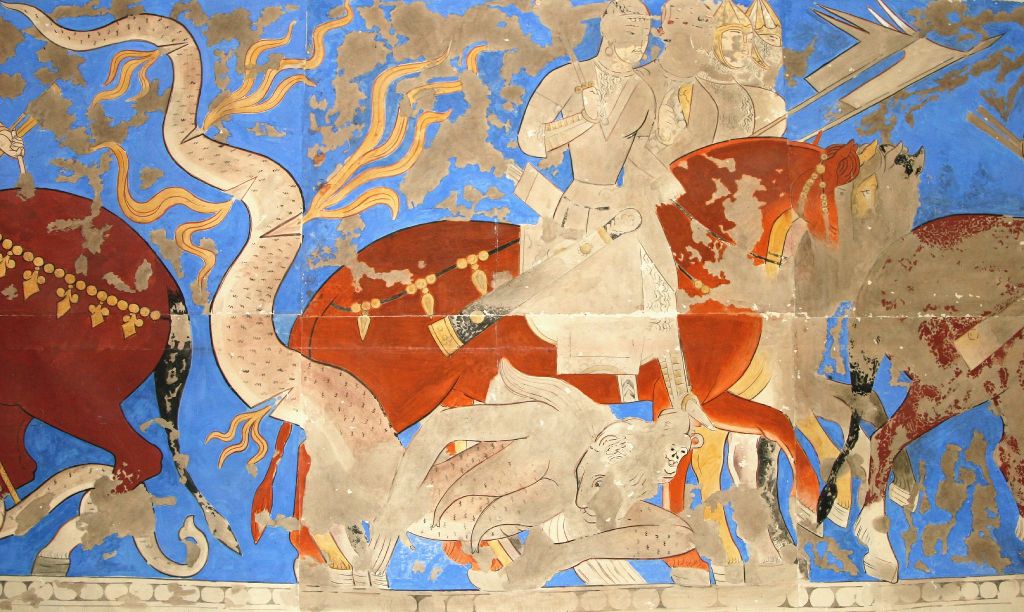
A larger image of Sogdian Armoured Cavalry in the 'Blue Room' mural from Panjakent, 6th-8th Centuries. (Reconstruction).
Photo by Retlaw Snellac
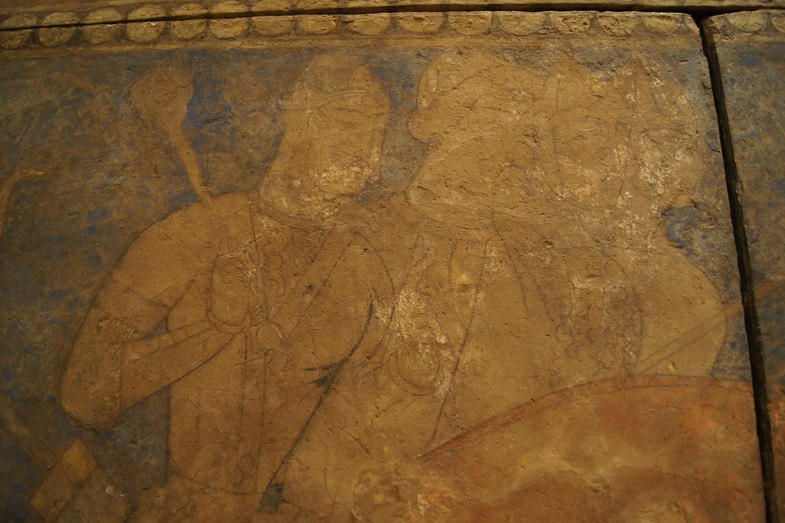
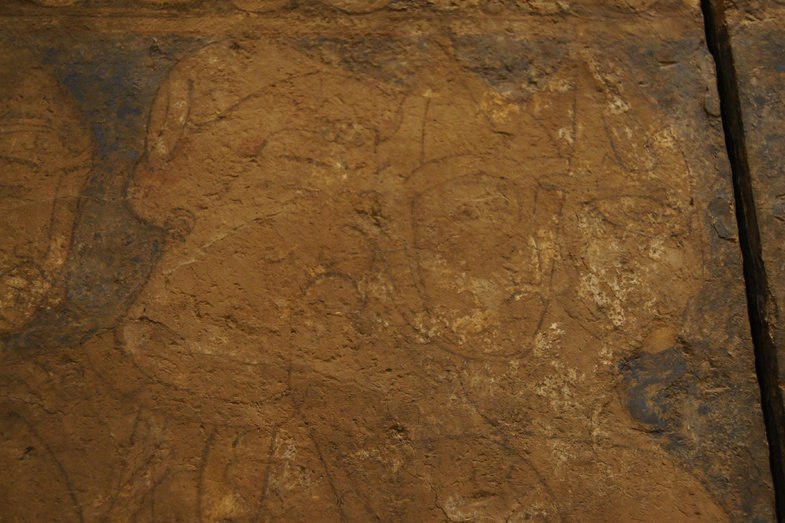
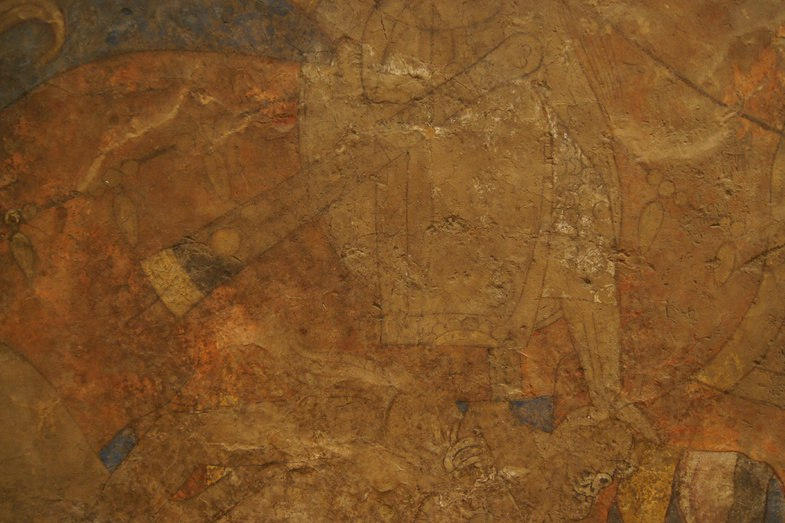
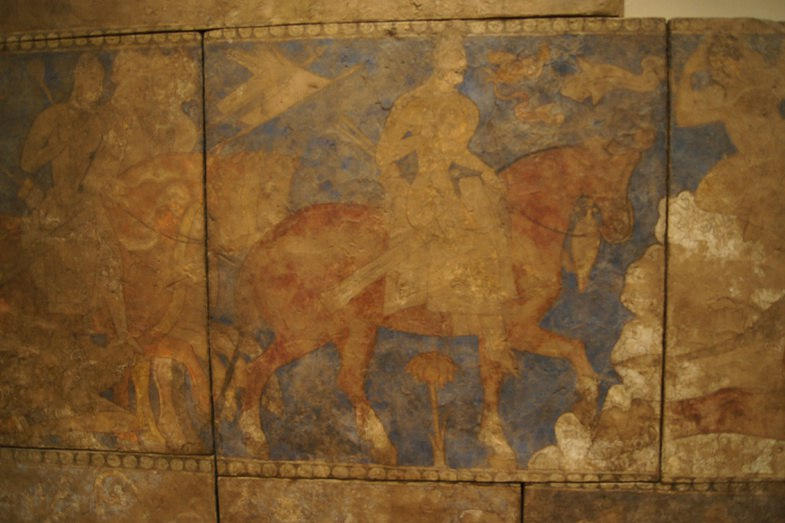
Photos by Mikail ibn Jagfar
Cavalrymen with long maille coats, banded vambraces and greaves, spheroconical helmets with nasals, ear pieces, worn on top of face-covering coifs.
They wear a coat over their armour with some decoration.
Some Sogdians are shown wearing long coats of lamellar, with three-way or two-way split skirts, and upper-arm defences.
The lamellae are B-shaped and a few have been found in Eastern Europe which match the Sogdian depictions.
They would likely be alternating brass and iron (or gilded and silvered).
The shield cover from Mount Mogh shows early bazubands, although it's not clear whether the elbows were cupped.
This type of armour probably used by the Samanid cavalry as well, except there, you might expect them to carry primitive sabres (from the 8th or 9th Century), and possibly strung bowcases towards the very end rather than C-shaped unstrung bowcases.
And the crupper straps for the horse would be different as well.
Referenced as figure 431 in The military technology of classical Islam by D Nicolle
431. Fresco from Piandjikent Room VI/41, 7th-8th centuries AD, Transoxanian, Hermitage, Leningrad (Aka S, Yaku).
Back to Sogdian murals from Panjakent, 6th-8th Centuries.






